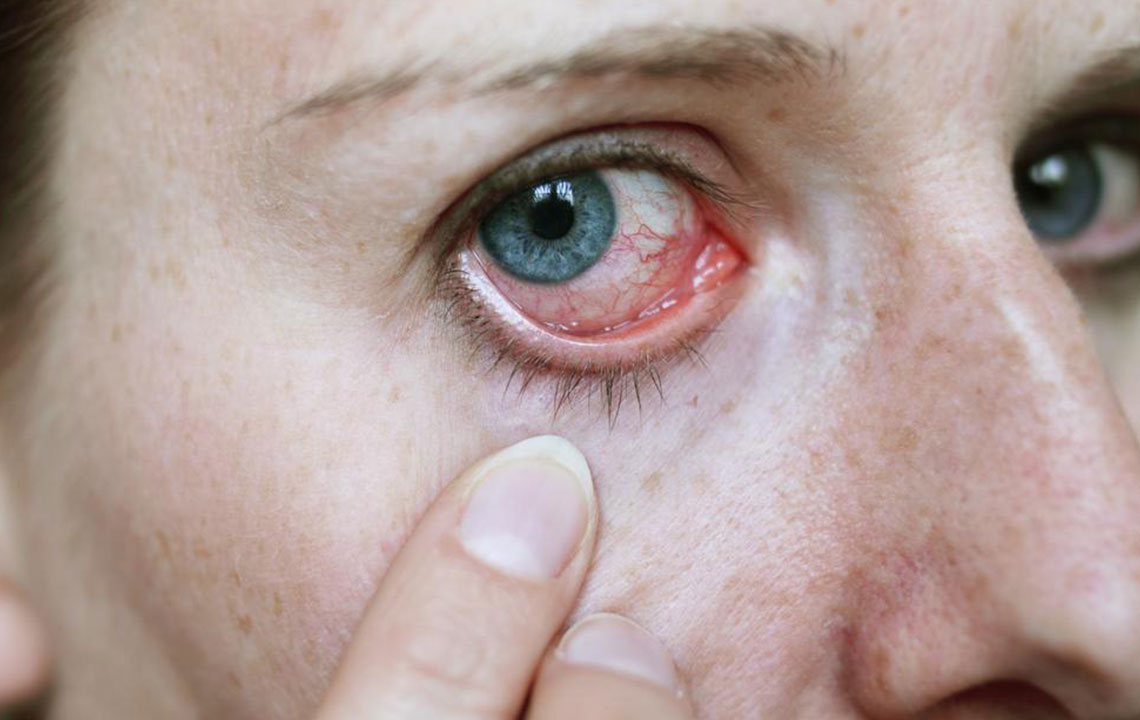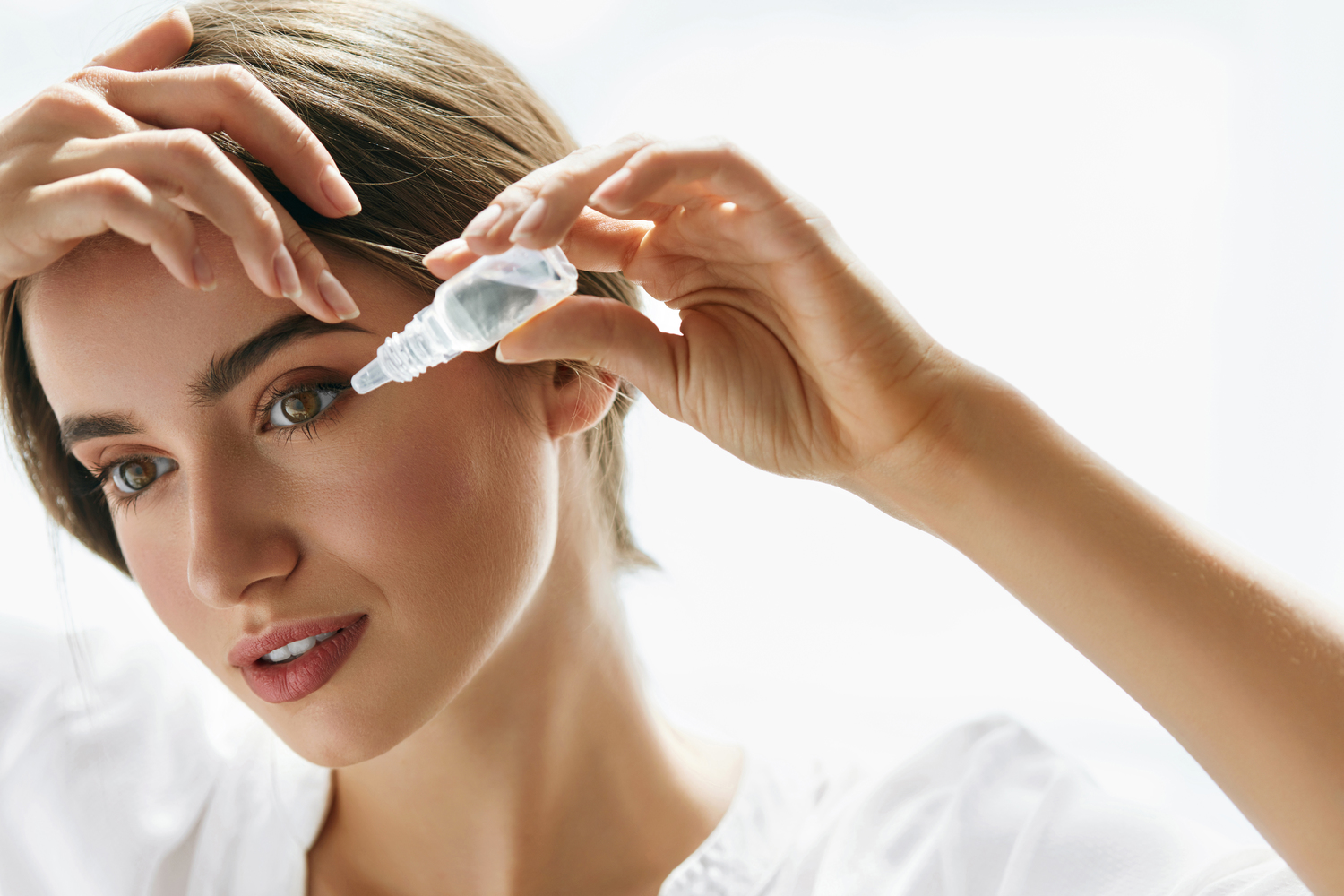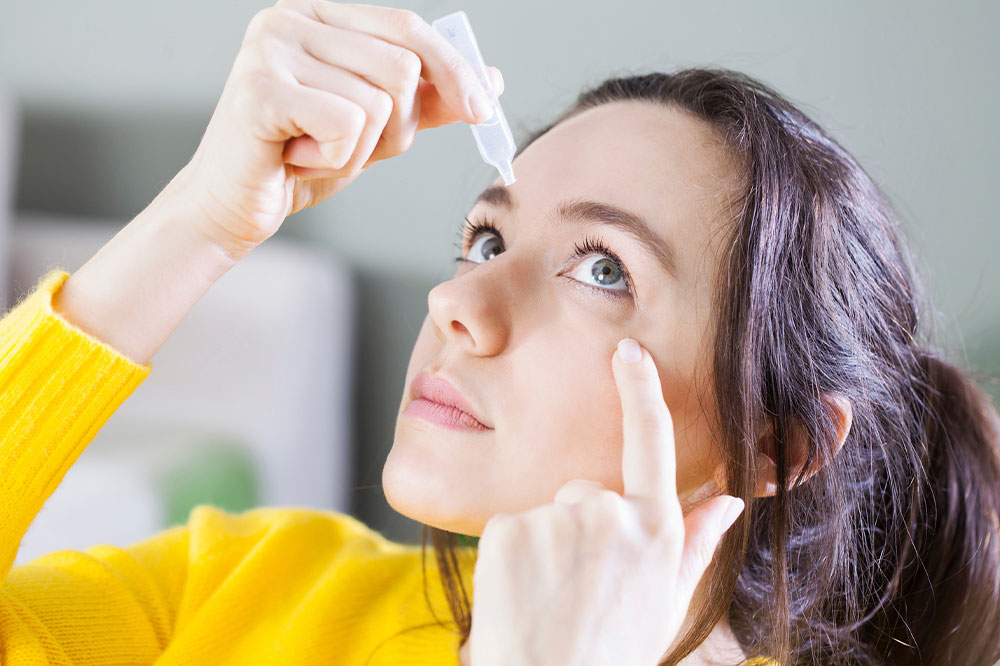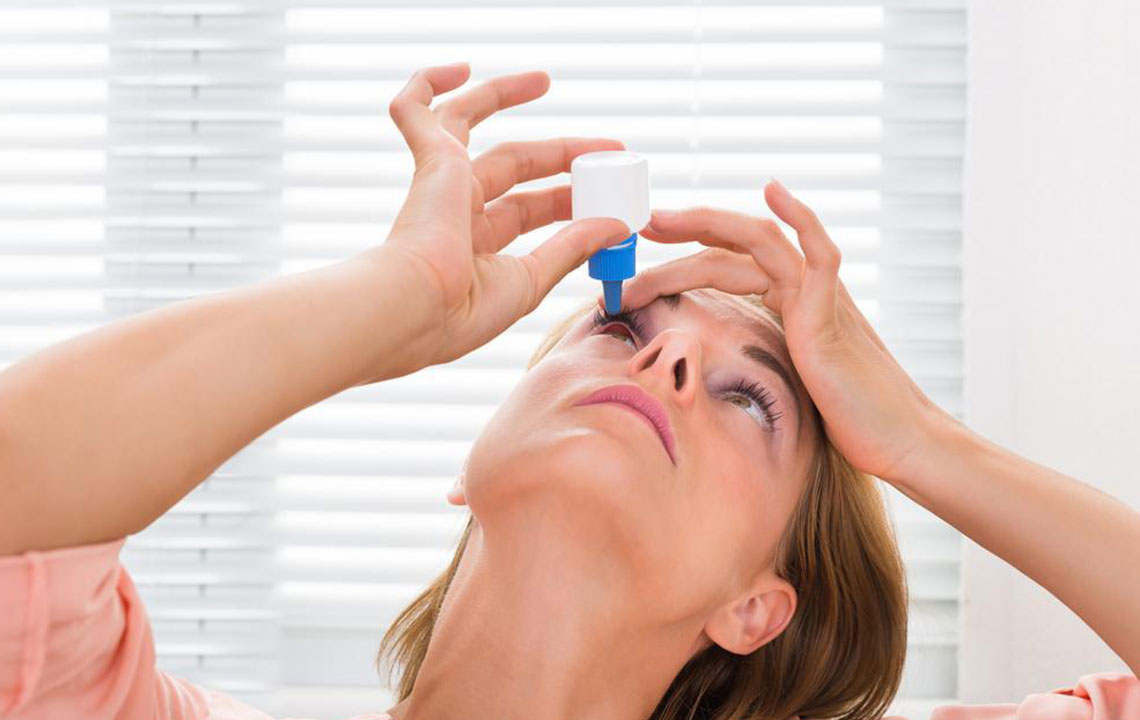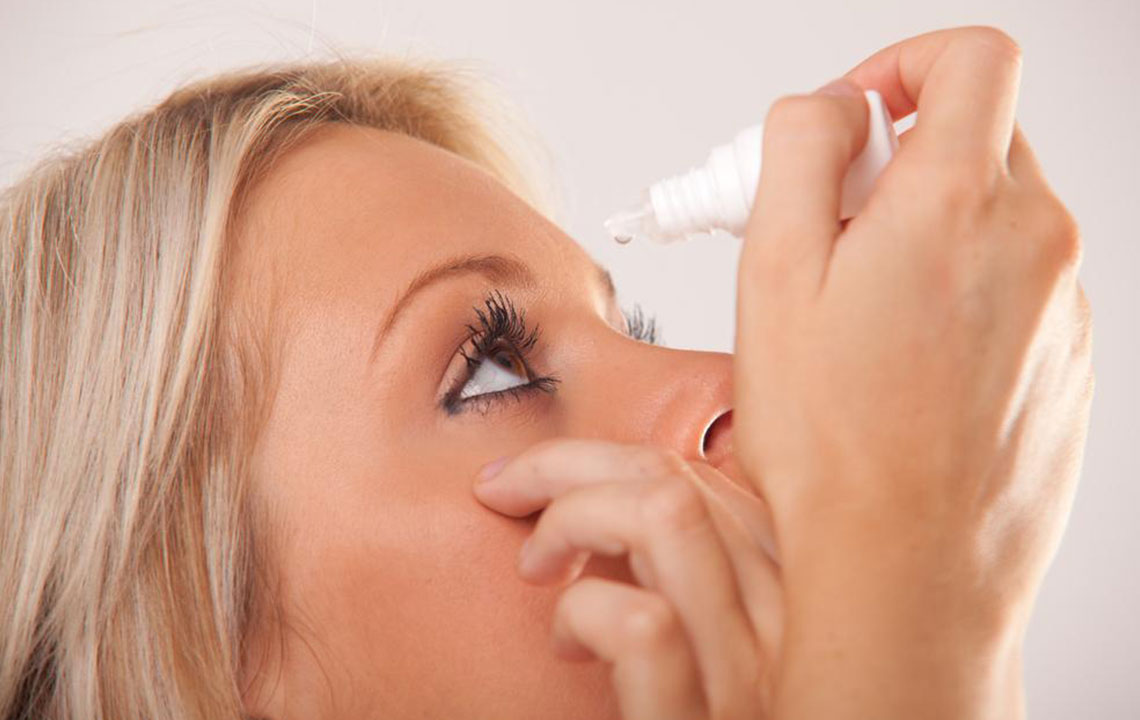Top Eye Treatments for Conjunctivitis Relief
Discover effective treatments for conjunctivitis, including OTC drops, antibiotics, antihistamines, and self-care tips. Learn how to differentiate viral, bacterial, and allergic pink eye to ensure proper care and prevent complications. Consult a healthcare professional for tailored advice and safe medication use. Protect your eyes and promote swift recovery with proven remedies and lifestyle adjustments.
Sponsored
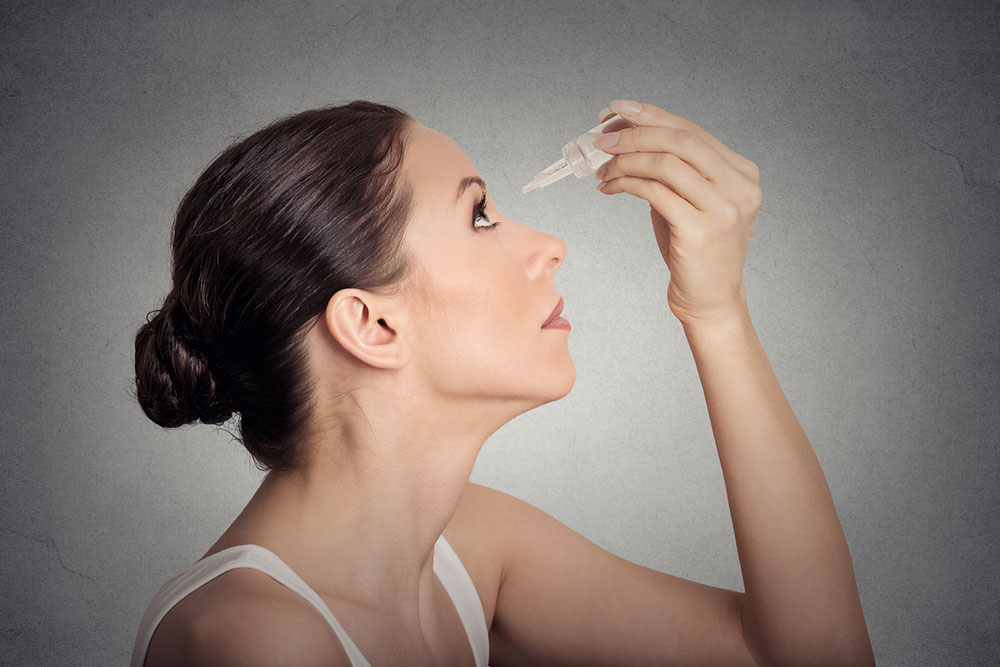
Effective Eye Solutions for Conjunctivitis
Conjunctivitis, commonly known as pink eye, is one of the most frequent eye infections impacting individuals across all age groups. It is highly contagious but often easily managed. To better understand which eye treatments are most effective, it’s important to identify the underlying cause of pink eye and the appropriate remedies.
What is conjunctivitis?
Conjunctivitis involves inflammation of the conjunctiva, the delicate membrane covering the inner eyelids and the eyeball’s white part. Infections cause blood vessels in this tissue to expand, leading to redness and irritation.
While viral conjunctivitis is the most common form, many factors can trigger pink eye, necessitating different treatments. Viral pink eye typically resolves on its own, whereas bacterial conjunctivitis, if untreated, can cause lasting damage. Allergic reactions to pollen, dust, or pet dander are also common causes.
Over-the-counter eye drops for viral conjunctivitis
Usually, viral pink eye doesn’t require prescription medicines. Relief can often be achieved with OTC eye drops and antihistamines to reduce redness and swelling.
Popular options recommended by healthcare professionals include Naphcon-A and Ocuhist. Nonetheless, consulting a doctor beforehand ensures the correct medication is chosen for your specific condition.
Antibiotic eye drops for bacterial conjunctivitis
Bacterial pink eye demands prompt treatment to prevent lasting damage. Antibiotic eye drops or creams are commonly prescribed. Notable choices include:
BLEPH®
Contains sulfacetamide sodium to inhibit bacterial growth.
Moxeza
A moxifloxacin-based eye drop applied twice daily, as directed.
Zymar
Suitable for children over one year, it contains gatifloxacin to eliminate bacteria.
Polytrim
Combines polymyxin and trimethoprim to combat infection efficiently.
Eye drops for allergic conjunctivitis
Allergic pink eye can be caused by seasonal pollen, pet dander, cosmetics, or contact lenses. Proper diagnosis and treatment are essential.
For allergy-related pink eye, doctors typically prescribe antihistamines, mast cell stabilizers, and corticosteroids. Antihistamine drops block histamines released during allergic reactions, alleviating symptoms. Common options include:
Otrivine Antistin
OTC, not recommended for children under 12.
Ketotifen
Safe for children over 3 years old.
Emedastine
Suitable for adults and kids over 3.
Azelastine
For those over age 4.
Use of these drops during pregnancy or breastfeeding should be discussed with a healthcare provider. Mast cell stabilizers like Lodoxamide and Sodium Cromoglicate offer long-term relief but act more slowly. Corticosteroids may be necessary for severe allergic cases, delivered as topical ointments or gels.
Self-care tips
Additional measures can support treatment and recovery:
Avoid contact lenses until healing is complete.
Refrain from rubbing your eyes to prevent worsening symptoms.
Minimize exposure to known allergens.
Wear dark glasses to shield your eyes.
Apply a cold compress to reduce itchiness and swelling.

